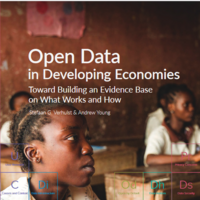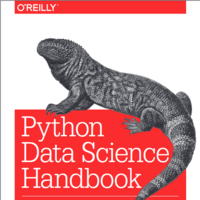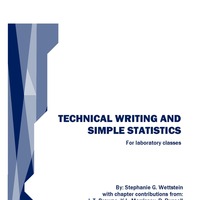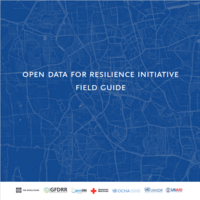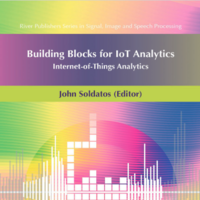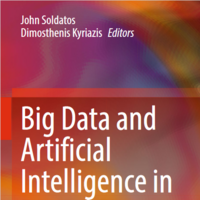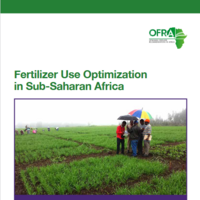Search
Books+
Searching 1,730 books
Search related to the career Biostatistician
Open Data Portals: Many governments and organizations provide open data portals where you can find a wide range of datasets for analysis. Some popular open data portals include:
- data.gov: The U.S. Government's open data
- European Data Portal: Open data from European Union countries
- World Bank Open Data: Datasets related to global development
- data.gov.uk: Open data from the UK government
Research Institutions and Universities: Many research institutions and universities make their datasets available for public use. Some examples include:
- UCI Machine Learning Repository: A collection of datasets for machine learning and data analysis
- Kaggle Datasets: A platform for data science and machine learning competitions that also provides datasets for analysis
- NCBI Datasets: Biological and genomic datasets from the National Center for Biotechnology Information
Data Marketplaces: There are online platforms where you can find datasets for purchase or subscription. Some popular data marketplaces include:
- Data.gov Marketplace: A marketplace for government datasets
- Quandl: A platform for financial, economic, and alternative datasets
- AWS Open Data Registry: A collection of large datasets available on Amazon Web Services
Social Media APIs: Social media platforms like Twitter, Facebook, and Instagram provide APIs that allow developers to access public data. You can use these APIs to gather data for analysis. Documentation and guidelines for accessing these APIs can be found on the respective platforms' developer websites.
Data Aggregator Websites: Websites like Data.gov, data.gov.uk, and data.gov.au aggregate datasets from various sources, making it easier to find and access data for analysis.
Scientific Journals and Publications: Many scientific journals and publications provide supplementary data alongside research articles. These datasets can be valuable for analysis. You can find these datasets by visiting the journal's website or contacting the authors directly.
Web Scraping: Web scraping involves extracting data from websites. You can use tools like BeautifulSoup or Scrapy in Python to scrape data from websites for analysis. However, be sure to review the website's terms of service and legal restrictions before scraping their data.
Remember to always check the terms of use, licensing, and any restrictions associated with the datasets you find to ensure proper usage and compliance with any applicable regulations.
Source: Various AI tools
Research
Books tagged research
Library
Africana studies
Books tagged Africana Studies
Maps
Science
Books tagged science
Searched in English.

